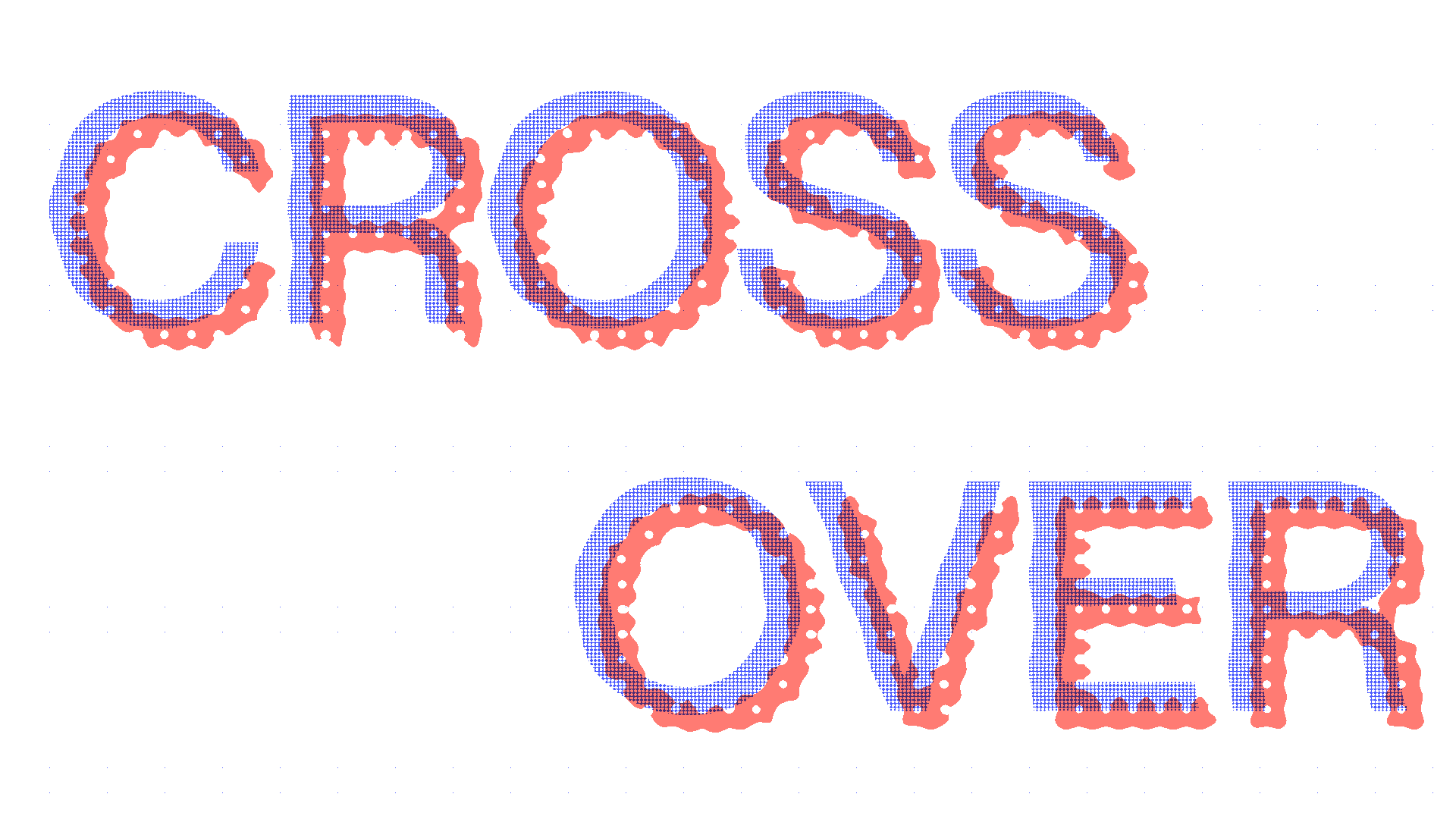Positive Self-Identity Through Fashion

July 2022
University of Strathclyde
The Glasgow School of Art
Young Academy of Scotland
For the second pilot, Fashion Design students at GSA, supported by the expertise of YAS members, explored the role of clothing as a medium to understand the complexity of people’s relationships with the invisible aspects of their conditions and as a means of building positive connections with those around them.
University of Strathclyde
The Glasgow School of Art
Young Academy of Scotland
For the second pilot, Fashion Design students at GSA, supported by the expertise of YAS members, explored the role of clothing as a medium to understand the complexity of people’s relationships with the invisible aspects of their conditions and as a means of building positive connections with those around them.
Lena Pogodina - Handle with Care
︎︎︎Project Document
In this project, I explored the idea of the fragility of our bodies. How and why we feel vulnerable when facing life and health challenges. I decided not to focus on any particular condition, but instead tried to look at a bigger picture. I saw parallels with packaging and conserving valuable objects and the care involved in keeping these things undamaged. I wanted to encourage others to have the same strong and loving attitude towards their bodies and mind.
I felt that the traditional armour might be the best way to resolve the concept thanks to its common association with strength and courage. People living with invisible conditions are fighting their battles everyday, and they are already heroes in their own right.
After choosing the knight's armour as inspiration for my garment form, I wanted to play around with the material to create an additional contrast point. Bubblewrap allowed me to make a quite complex suit with movable parts and segments. At the same time, raising questions about what we see as extra protection. The ideas of being soft or hard, opaque or transparent, comforting or disturbing - the garment aims to speak and challenge our ideas of invisible/visible illness.
Iringo Gemza - Mama
︎︎︎Project Document
This project is about clothes, me, my Grandmother, and the fact that she has Alzheimer's.
It all started with a scarf that I made for her.
How is it possible that a piece of clothing reminds her of me? Every time I call her on the phone, she puts it on.
I started investigating how we can connect and celebrate people through simple things such as clothes.
Fortunately, I got to go home to Győr in Hungary and spend almost a week with her. In that time, I found old photos, dressed up in her clothes, and had great conversations with my Grandmother.
I connected with a part of my Grandmother I didn't know - one that thinks more abstractly mixes up words and does not remember many things. At the same time, she is still familiar in many ways. For example, how she packs things in the fridge, always has a snack on the table and pillows and blankets on the sofa and armchair, and her love for gardening. She also never stopped being a warm and welcoming person. She may not remember who you are, but she will always offer you a glass of juice.
Along the project, you will notice the quotes that are everywhere. This is where the project becomes truly important. Dressing up, touching, and playing with clothes started conversations between us and gave my Grandmother the confidence to narrate stories. It also meant that she could give me garments embellished with history. Heritage is one of the beautiful things about the circle of life and the connections with family and people we love.
When I recreated the photos, I stepped into her shoes. The images I created reminded me that I inherited her ankles, figure, eyebrows and love for peas - the list could go on.
She taught me a wonderful lesson and reminded me how lucky I am to have her in my life.
If I had told myself that she was not the person I knew anymore, and stopped talking to her because she forgot things, what a missed opportunity it would have been to not get to know this version of her. Alzheimer's is an illness. If there were a cure, everyone who has it would take it. But there isn't, so I make do with the next best thing. I found a way to reconnect and enjoy her company in whatever form that may be.
︎︎︎Project Document
In this project, I explored the idea of the fragility of our bodies. How and why we feel vulnerable when facing life and health challenges. I decided not to focus on any particular condition, but instead tried to look at a bigger picture. I saw parallels with packaging and conserving valuable objects and the care involved in keeping these things undamaged. I wanted to encourage others to have the same strong and loving attitude towards their bodies and mind.
I felt that the traditional armour might be the best way to resolve the concept thanks to its common association with strength and courage. People living with invisible conditions are fighting their battles everyday, and they are already heroes in their own right.
After choosing the knight's armour as inspiration for my garment form, I wanted to play around with the material to create an additional contrast point. Bubblewrap allowed me to make a quite complex suit with movable parts and segments. At the same time, raising questions about what we see as extra protection. The ideas of being soft or hard, opaque or transparent, comforting or disturbing - the garment aims to speak and challenge our ideas of invisible/visible illness.
Iringo Gemza - Mama
︎︎︎Project Document
This project is about clothes, me, my Grandmother, and the fact that she has Alzheimer's.
It all started with a scarf that I made for her.
How is it possible that a piece of clothing reminds her of me? Every time I call her on the phone, she puts it on.
I started investigating how we can connect and celebrate people through simple things such as clothes.
Fortunately, I got to go home to Győr in Hungary and spend almost a week with her. In that time, I found old photos, dressed up in her clothes, and had great conversations with my Grandmother.
I connected with a part of my Grandmother I didn't know - one that thinks more abstractly mixes up words and does not remember many things. At the same time, she is still familiar in many ways. For example, how she packs things in the fridge, always has a snack on the table and pillows and blankets on the sofa and armchair, and her love for gardening. She also never stopped being a warm and welcoming person. She may not remember who you are, but she will always offer you a glass of juice.
Along the project, you will notice the quotes that are everywhere. This is where the project becomes truly important. Dressing up, touching, and playing with clothes started conversations between us and gave my Grandmother the confidence to narrate stories. It also meant that she could give me garments embellished with history. Heritage is one of the beautiful things about the circle of life and the connections with family and people we love.
When I recreated the photos, I stepped into her shoes. The images I created reminded me that I inherited her ankles, figure, eyebrows and love for peas - the list could go on.
She taught me a wonderful lesson and reminded me how lucky I am to have her in my life.
If I had told myself that she was not the person I knew anymore, and stopped talking to her because she forgot things, what a missed opportunity it would have been to not get to know this version of her. Alzheimer's is an illness. If there were a cure, everyone who has it would take it. But there isn't, so I make do with the next best thing. I found a way to reconnect and enjoy her company in whatever form that may be.

